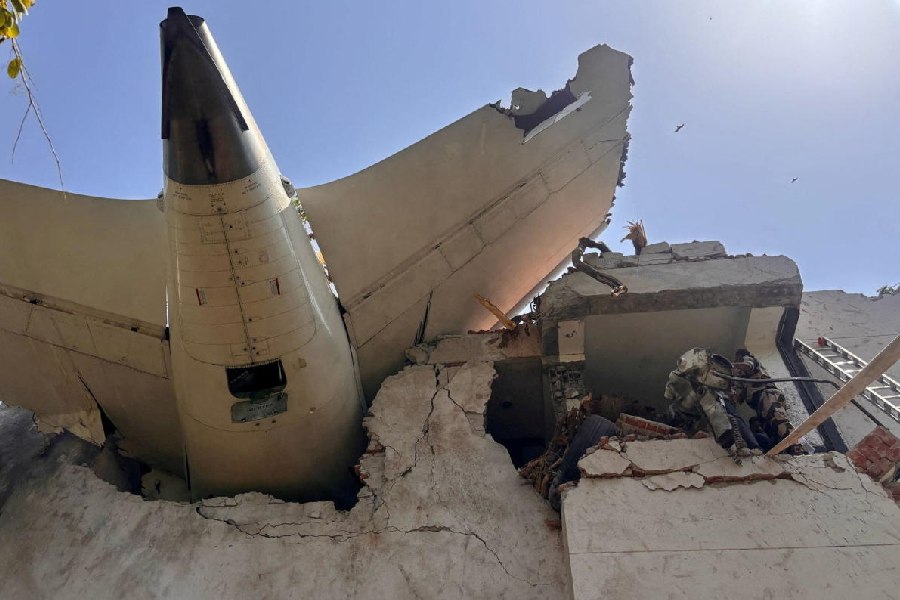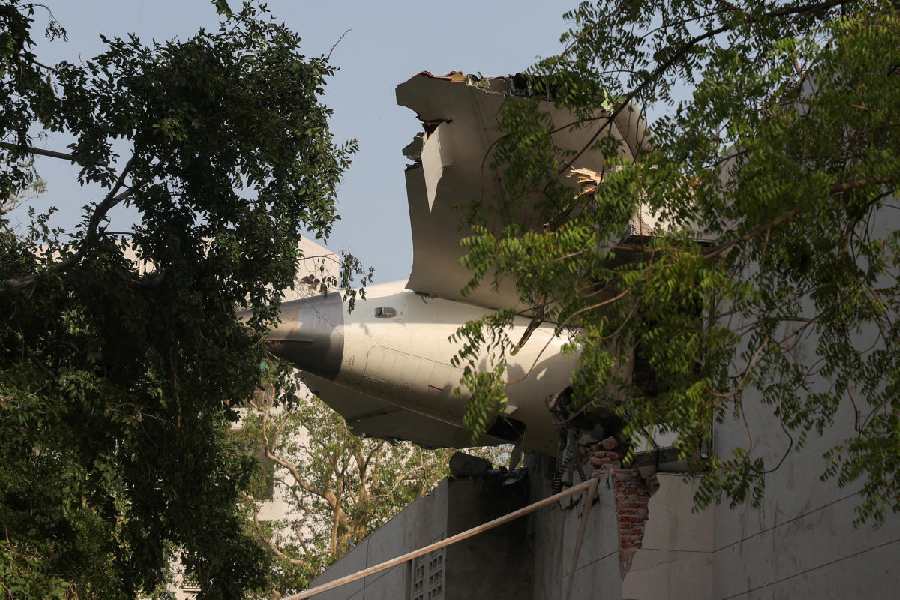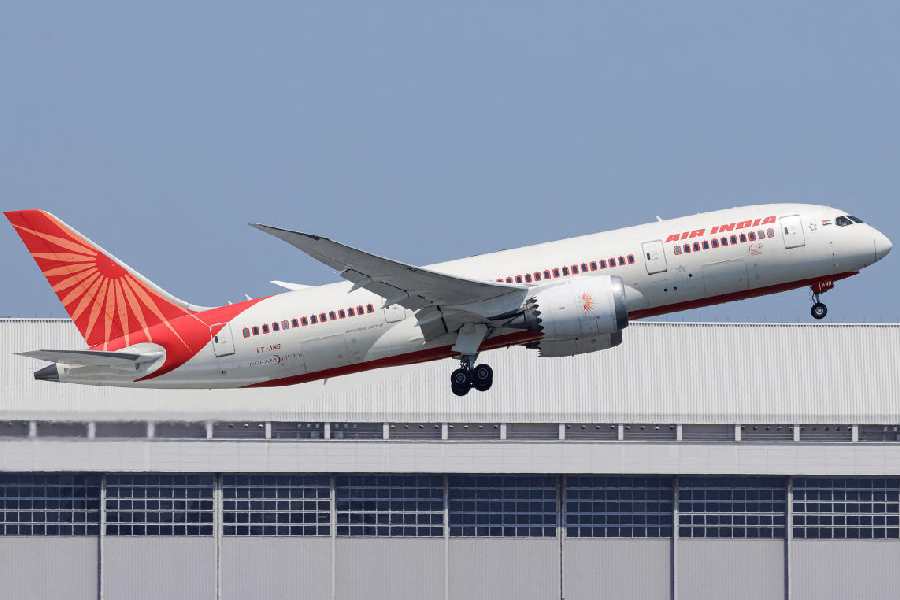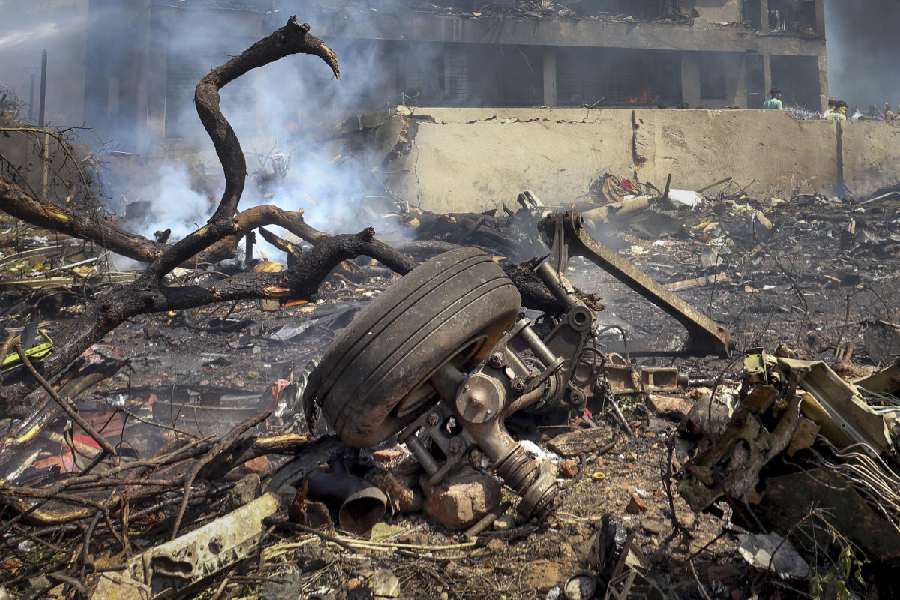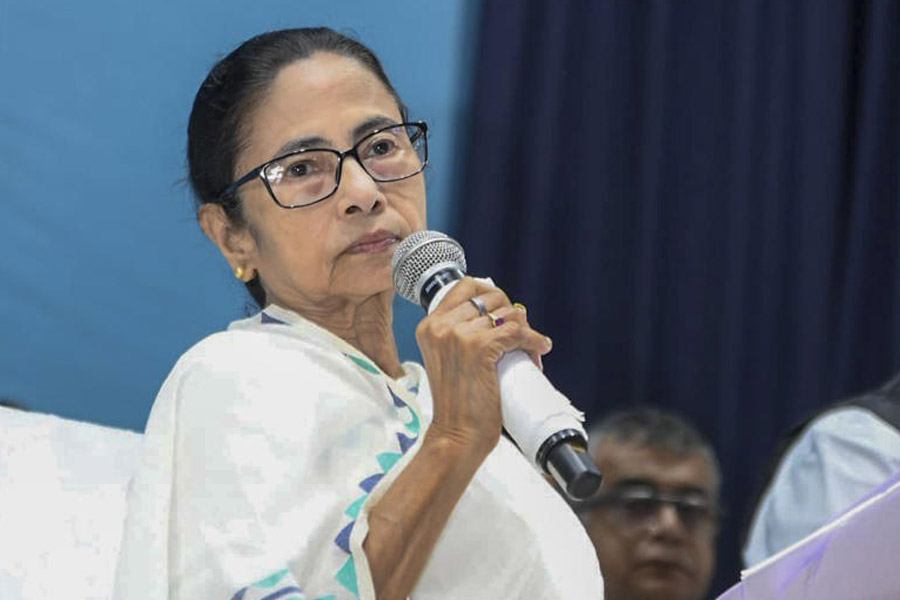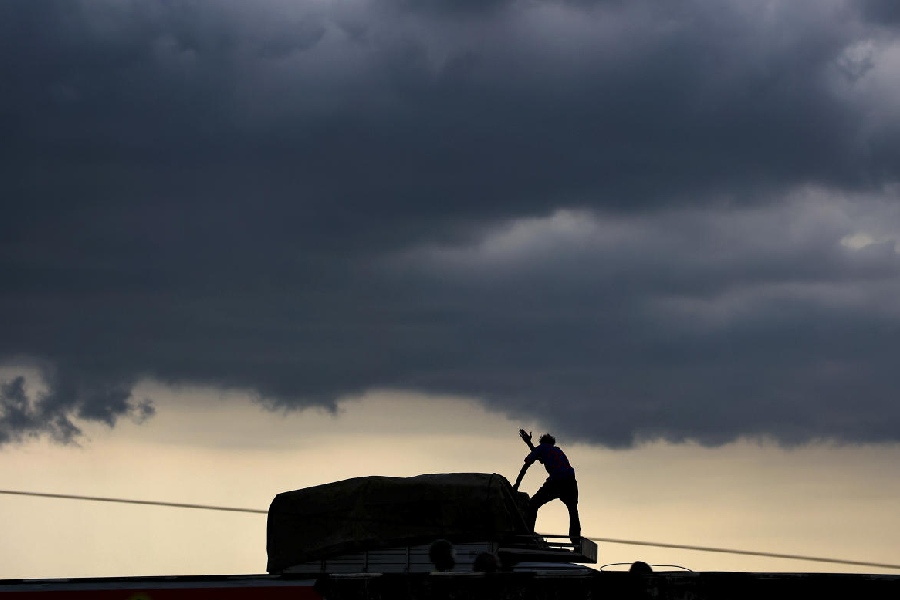 |
| Kironmoy Nanda (left) releases fingerlings in one of the tanks. Picture by Kundan Yolmo |
Bunkulung (Mirik), Sept. 10: Fishing for options to help subsistence farmers earn a better living, the state government and Darjeeling Gorkha Hill Council has come up with a promising solution: fish farming. And this tiny hamlet of 25 houses has been chosen to serve as a model for the rest of the hills.
The project aims at developing a “fishery belt in the hills to not only increase fish production, but also generate additional revenue”, said state fisheries minister Kiranmoy Nanda while inaugurating the model village where around 20 houses are involved in scientific and commercial rearing of fish.
All the 25 families will be brought under the purview of the project in a phase-wise manner. Tanks of 1,500-sq-ft area have been built for them at a cost of Rs 2.60 lakh. The state and the DGHC have borne 50 per cent of the amount. The beneficiaries will have to chip in to cover the rest of the cost. Houses for the fish farmers have also been built on a similar arrangement.
Cold water fish of the carp variety will be reared in the tanks. The fisheries will provide the fingerlings from its hatchery at Riang.
“The aim is to promote fisheries as a way of life in the hills of West Bengal. Being labour intensive, fish farming can be a viable alternate source of income,” Nanda said.
DGHC councillor for fisheries Netra Thakuri said the project would be taken to other villages if it proved successful here.
“By farming, we will be able to become self-sufficient in fish production and that will bring an overall development,” he added.
Deputy director of fisheries (north zone) R. Foning Lepcha said: “Beneficiaries are being trained on scientific methods of rearing fingerlings. Once the fish are harvested, we will help them find the market.”
“Kalimpong introduced the hills to fisheries in 1982. What began with nine fish-rearing units has grown to 3,059 units scattered over the hill region. These units harness the waters of the jhoras (waterfalls). We will develop 150 more units in the future,” Nanda said.





